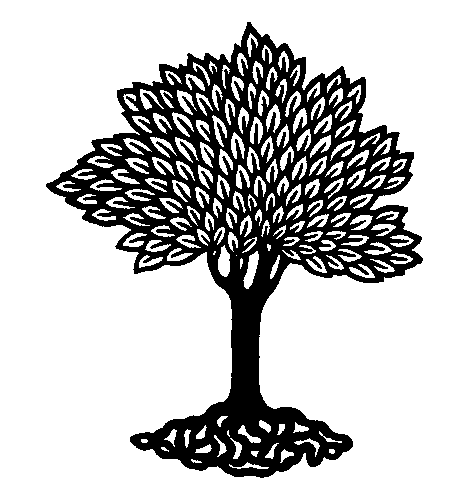Upon completion of this lab you should be able to:
- use appropriate terminology to describe deciduous trees in the winter
- identify common Minnesota trees in winter condition.
- use a dichotomous key
Introduction:
A little cold weather doesn't deter a taxonomist - there is still
plenty of botanizing to do. Even though deciduous trees loose their leaves in
the autumn, they are still easy to identify (see the references given below). However, you
must rely on a different set of characters (such as buds, twigs, bark and any remaining
fruits or leaves). This lab is designed to introduce you to the identification of woody
plants in winter.
The following is a listing of
characters that you will find in a a typical twig:
- Terminal bud - at the branch tip. Buds are the embryonic growing points that will
produce shoots (vegetative or foliage bud), flowers (flower bud) or both (mixed bud). Note: not all trees,
such as elms (Ulmus) have a terminal bud. In these species you
will be able to find the arrested growing point of stem which is a small knob adjacent to the last axillary bud
on the stem. There is no terminal bud in elm. It is said to have a pseudoterminal bud
which is found near the tip of twig, but offset to side. In these species, the apex dies
back to the first bud which appears to be a terminal bud.
- Leaf scars - scars on the stem left when the leaves abscised in the autumn
- Axillary bud - buds along side of twig, found above leaf scar, in the axil of the leaf.
Note: a leaf always has a bud in the axil.
Vegetative buds contain a unexpanded shoots (leaves with stem), flower buds contain unexpanded flower branch and primordia of flowers.
These are usually larger and more rounded than axillary foliage buds.
- Accessory buds are additional buds above (superposed) or to the side (collateral) of the
axillary buds.
- Stipule scar - scar found to the side of the leaf scar, remnant of the
stipules
- Vascular bundle scar - small scars within the leaf scar, represents the vascular bundles
that ran from the stem into the leaf
- Latent buds - small axillary buds that failed to develop into branches in the spring
following their formation
- Bud scales - scale-like leaves enclosing buds. Note - these buds are scaly; however,
some buds lack bud scales and are termed naked. Naked buds are common in Viburnum.
- Terminal bud scale scar - scars left on twig where terminal bud opened and scale leaves were
shed. The twig can be aged by these scars
- Lenticels - small corky areas on twig that allow gas exchange.
- Node - place where a leaf was attached; in winter noted by location of leaf scars
- Internode - region between nodes
- Identify the type of leaf arrangement -
alternate (one leaf per node); opposite (recall our mnemonic, MADCap Horse
(or MADHoney Buck), to help remember woody plants with
opposite leaves: Maple Ash Dogwood CAPrifolicaceae (HONEYsuckle and relatives) HORSEchestnut (buckeye); and
whorled - more than two leaves per node. Catalpa is one
of the few MN trees with whorled leaves.
Lab Study
1. Complete the question sheet provided.
2. Twigs can be readily identified using a
dichotomous key (see References). using the key provided, identify the
twigs that are available in the lab (give scientific and common names).
References:
- Core, E. L. and N. P. Ammons. 1958. Woody Plants in Winter. Boxwood Press, Pacific
Grove, CA.
- Harlow, W. M. 1946. Fruit Key & Twig Key to Trees and Shrubs. Dover Publications,
NY.
- Morley, T. 1972. Deciduous Twigs of Minnesota: a Winter Key. Journal of the Minnesota
Academy of Science 38:27-36.
- Muenscher, W.C. 1950. Keys to Woody Plants. Comstock Publishing, Ithaca.
- Newcomb, E.H., G. C. Gerloff, W.F.Whittingham. 1964. Seasonal Changes in
Angiosperms. In
Laboratory Studies in Biology. W.H.Freeman, San Fransisco.
- Roberts, June Carver. 1993. Season
of promise: Wild Plants in Winter in NE US. Ohio University
Press, Athens.
- Thomson, J. W. Common trees and their twigs. Audubon Nature Bulletin, Series 14, No 5.
- Trelease, W. 1931. Winter Botany. Dover Publications, NY.
-
Winter weed identification - SG Saupe
-
Twig Key (multiple access) - Virginia Tech Dendrology Pages

